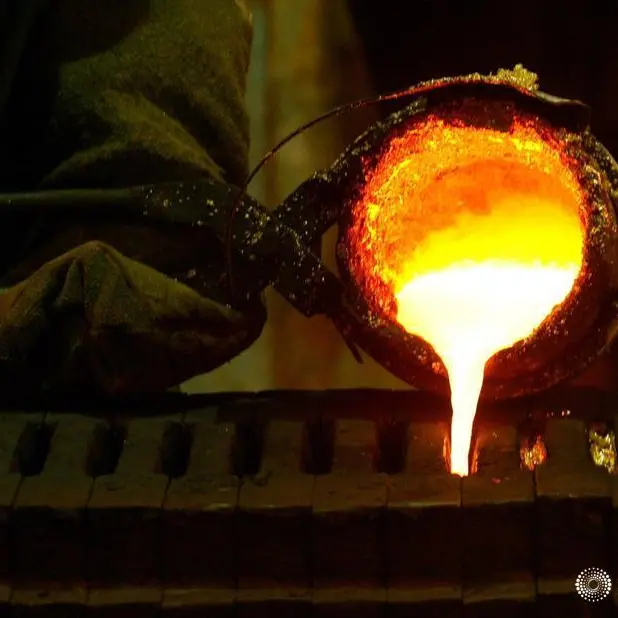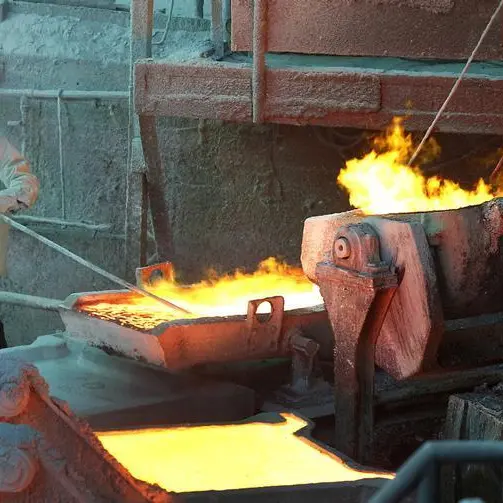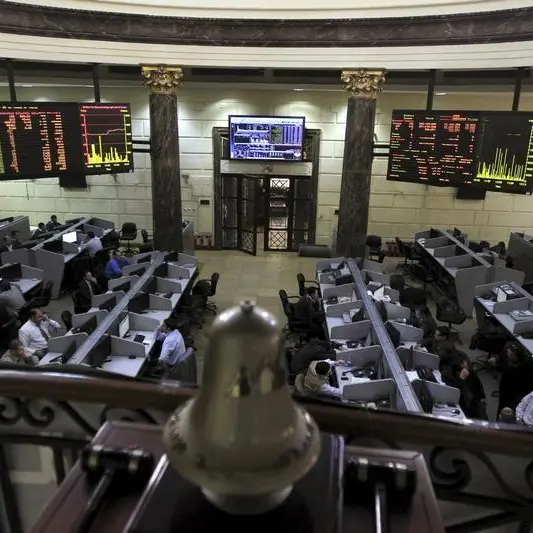Welcome to Zawya Markets. Each Sunday we will be featuring an interview with a different analyst or markets expert from around the region.
If you would like to participate please email gerard.aoun@refinitiv.com.
1) Do you expect an improvement in emerging markets in 2019?
We do expect an improvement in the emerging market (EM) economies later in 2019, more so into 2020. This will partly be based on easier monetary policy in some of the EM countries now that the United States Federal Reserve has put rates on hold, at least for the time being. More important will be the effects of the easier fiscal, monetary and regulatory policies being seen in China, plus looser fiscal policies in parts of Europe. We expect to see more signs of faster economic activity during the summer, although a major acceleration is unlikely unless political tensions In terms of trade worries really fall back.
In terms of EM asset prices, we see EM government and corporate debt as attractive already against the backdrop of very low global interest rates and DM (developed market) bond yields. The valuations for EM equities are relatively attractive, but cautious investors will need to see more evidence of an improvement in corporate profits before the recent small-scale buying of EM stocks becomes more mainstream.
2) What is your view for oil prices in 2019?
We expect to see oil prices broadly stable around current levels in coming months. There is a complicated series of drivers affecting demand and supply in the market, and at any point in time limited spare capacity can lead to some price volatility.
Key factors include the success or otherwise of central bank policies to revive economic activity, the impact of U.S.-China trade talks, and whether the U.S. opens up a new front with Europe. OPEC policy-making, events in Venezuela, the ability of U.S. shale firms to find profitable operations, and how Fed policy-making interacts with the U.S. dollar will also have an effect.
3) What are the biggest risk factors for global markets in the coming weeks/months?
Sadly, the array of risk factors is rather high at present, which helps explain high levels of investor caution.
The first is the state of the global economy - whether the slowdown in the manufacturing sector and global trade comes to an end, or it ripples through into other key parts of the economy, such as employment, consumption and services. We are seeing policy easing in the U.S., China and Europe, but how effective is it? A second factor is political - the state of the trade talks between the U.S. and China; even if they reach a successful conclusion does Trump open a new flank with threats to the European Union? Political threats are seen in many other parts of world, of course, such as the outcomes of the EU Parliamentary elections in May and the strength of support for populist politicians. A threat within stock markets is pressures on company profits. As wages slowly rise does this cut into company cash flow or does stronger productivity growth or a recovery in selling prices offset the pressures?
4) What is the outlook for the U.S. dollar in 2019?
We expect the U.S. Dollar to be broadly stable or ease moderately in 2019. Clearly there have been and will be phases when the dollar does rise when investors becomes worried about the global economy. However, a sustained uptrend in the U.S. currency probably requires higher U.S. inflation and an aggressive response from the Federal Reserve. Otherwise, the dollar is relatively expensive on valuation grounds and investor positions are generally overweight. Hence, if the world economy does pick up speed in the second half of the year as we expect, and equity markets outside the U.S. look relatively more attractive, so we would expect capital flows out of the country into, say, EM assets, to bring the dollar downwards.
5) Do you expect global growth concerns to keep weighing on investor sentiment throughout 2019? Or is it a temporary problem?
No. Our funds are positioned for an eventual recovery in investor confidence and flows back into riskier assets during the course of 2019. Clearly, there is a great deal of investor caution at present, as both surveys and flows into more defensive assets show.
However, we expect the policy easing in the U.S., China and Europe to have some effect by the summer, with a moderate but noticeable improvement in activity into next year. There are political risks throughout 2019-20, however. which could worry investors around the world - examples including the U.S.-China and U.S.-EU trade talks, as well as a growing focus on the run-up to the next U.S. presidential election. Staccato market movements remain likely.
6) What impact do you think the Federal Reserve’s quantitative tightening policy is likely to have on markets? Do you expect this policy to continue in 2019?
In relation to QE or QT it is important to recognise what is priced into markets. After the latest statements from the Federal Reserve, investors expect QT to halt soon, and for the bank to be ready to alter its policy approach if the economy requires further support. This could either be changes to the portfolio of assets it owns, e.g. more or less shorter- or longer-dated debt, or even a return to QE if it considers that financial conditions require further easing.
7) China has experienced a slowdown in 2018 due to the government curtailing non-bank lending and trade tensions. How do you think it will perform in 2019, and what impact will Chinese government policies have on world markets?
Politics matter enormously more than most this year given it is the 70th anniversary of the founding of the People's Republic of China. In a year where economic stability matters, we have seen numerous signs, and expect more evidence, of policy easing, whether fiscal, monetary or regulatory.
The summer should see both Reserve Requirement and interest rate cuts, for example. Some issues are outside the control of the party, however, such as the trade talks with the U.S. Financial markets have recovered in recent weeks from the sell-off seen in December, as they expect eventually to see signs of this policy easing flow through into some recovery in global trade and manufacturing production. If investors are disappointed then we can expect to see more profit-taking. So far, however, Chinese consumer spending is holding up.
8) How will Brexit impact world economies?
The range of possible outcomes from Brexit remains very wide, as can be seen in the volatility of sterling against both the dollar and the euro. However, at the end of the day, it must be remembered that the UK economy is less than 2 percent of global GDP, so even a recession there would not affect the global economy that much.
Far more important for the world’s markets are the trade tensions, indeed strategic rivalry, growing between the world’s largest and second-largest economies, whether the central banks of the three largest economies continue to make sensible decisions or further policy errors as the bond markets are currently worrying about, and the outlook for profits in the world’s largest companies as they face a noticeable slowdown in global sales driven by policy tightening in China and an end to the cycle in several key cyclical sectors, such as smartphones, chips and diesel cars.
(Editing by Gerard Aoun and Michael Fahy)
Any opinions expressed here are the author’s own.
Our Standards: The Thomson Reuters Trust Principles
Disclaimer: This article is provided for informational purposes only. The content does not provide tax, legal or investment advice or opinion regarding the suitability, value or profitability of any particular security, portfolio or investment strategy. Read our full disclaimer policy here.
© Opinion 2019












